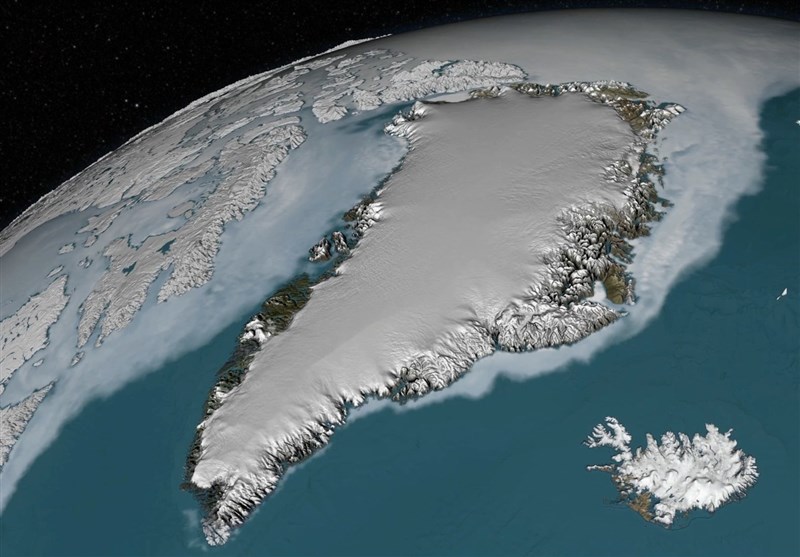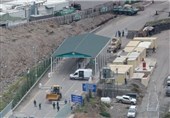Greenland Rising as Ice Melts
TEHRAN (Tasnim) - A new study on the Greenland Ice Sheet provided valuable insight on climate change, using unique research methods to establish new estimates of ice loss for both modern and ancient times.
The research was published in Science Advances. It was led by Shfaqat A. Khan of the National Space Institute at the Technical University of Denmark (DTU Space).
The study improves estimates of past and present-day ice loss by going deep -- by exploring the Earth's activity beneath the Greenland Ice Sheet, said Csatho, professor of geology in the College of Arts and Sciences.
"This research is a great first step toward better understanding how geologic processes below the surface of the Earth influence ice loss and, ultimately, sea level rise," she said. "It opens up new opportunities for better understanding how the ice sheet is changing and interacting with the rocky layers of the Earth below it."
She explained that the ice sheet sits on the Earth's solid crust, which is in turn perched atop a softer layer of rock called the mantle. When the ice sheet loses ice, the crust underneath rises up --similar to the way in which a compressed spring will bounce up when pressure is removed.
This uplift, called postglacial rebound, means that scientists can't measure how much an ice sheet is shrinking by simply tracking changes in its surface elevation. They also must figure out how much of that elevation change is caused by the bedrock rising.
The new research uses data from GPS stations fixed on bedrock to capture the uplift process in unprecedented detail, showing that earlier studies may have underestimated past and present-day mass loss, Csatho added.





